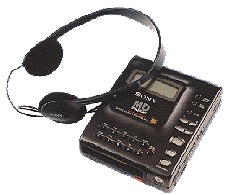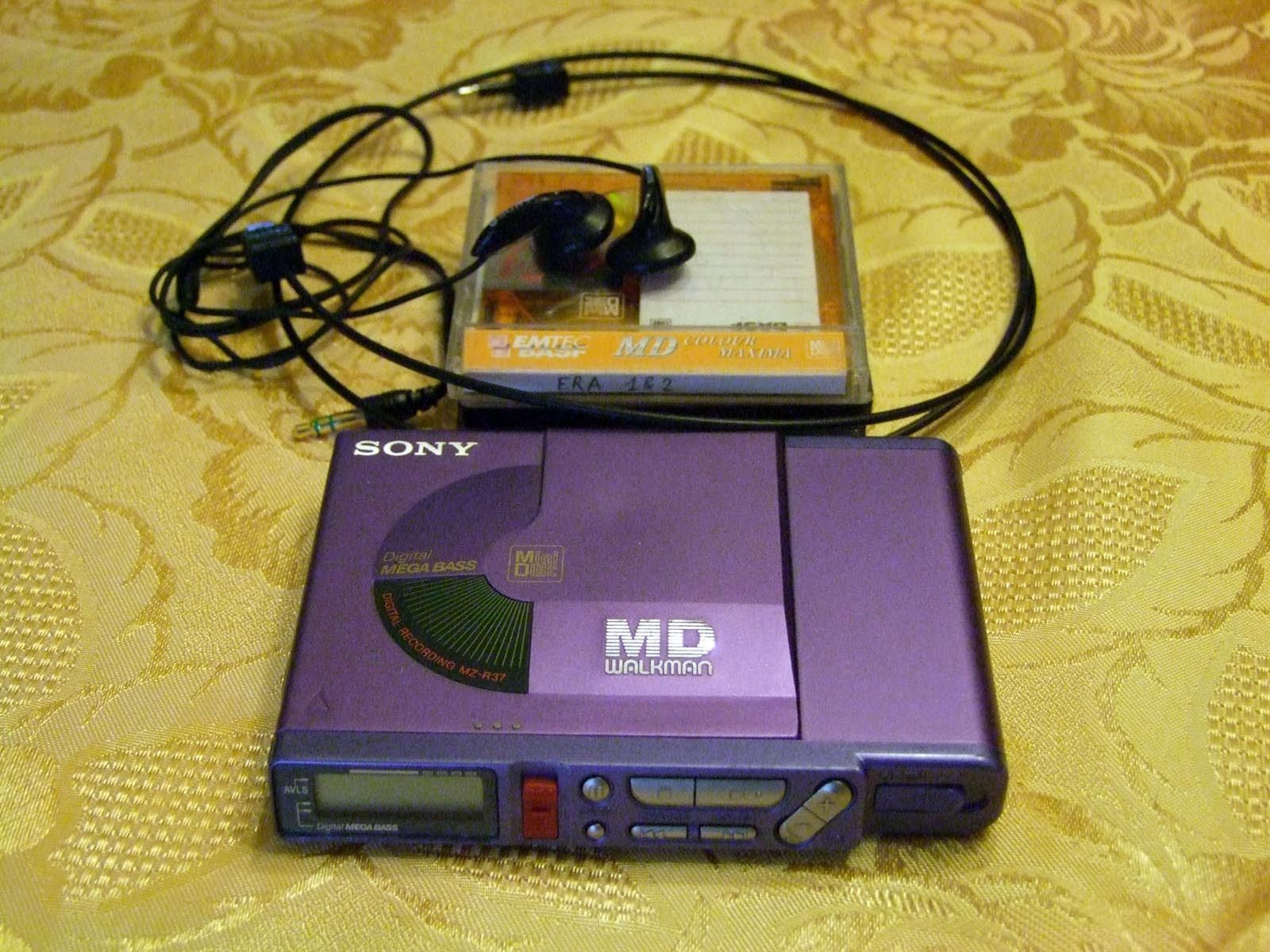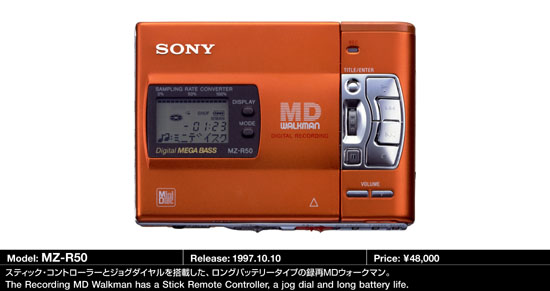Find support information for MZ-R37. Our site is not optimized for your current browser. We recommend downloading and installing the latest version of one of the following browsers. All Downloads Manuals Questions & Answers. Smugmug downloader youtube. Important Information. Purchase Parts and Accessories. Find replacement remote controls, parts and accessories. Sony Releases SonicStage CP (SonicStage Versions 4.0/4.1/4.2/4.3) Security Update Program.
| Sony MZ-R 37 |
| Sony MZ-R 37 close-up |

| Sony MZ-R 37 front |
| Sony MZ-R 37 measurments |
| Sony MZ-R 37 jitter |


| Sony MZ-R 37 die-cast drive: extremely reliable; also used in the MZ-R 50, MZ-R 55 |
But when something is exaggerated another things suffers: the track from 'The Girl with the Dragon Tattoo' sounds much too mellow, it looses its aggressive treble, lower frequencies are unintelligable and muddied. Deep bass is diminished as well, the same goes for treble. Transients are too lovely, avoiding a grungy or aggressive sound. Additionally, you won´t exactly marvel at resolution and precision with the MZ-R 37, details are rendered too casually for that. Despite these shortcomings this is one of the most appealing MiniDisc recorders (and one of the best 'interpreting' audio units) I´ve ever heard.
| Sony MZ-R 37: bottom |
There are others on the internet doing a better job of objectively reviewing… everything, but I'm going to stick to my subjective review style. I do appreciate objective reviews, and everything they have to offer, but the crux of the matter is that I do not buy or even use anything based on its specs. I never have done. Purchasing for me is an emotive experience, one where heart comes before head. My car, motorbike, watch(es), games consoles, audio equipment, cameras, lenses, are not purchased because they are the best. They're purchased because there's something about them that evokes at least a modicum of an emotive response. I like how it looks, sounds, the quirks, the drawbacks, the imperfections, the attempt, how it feels in the hand.
On that last note, let's get into my first minidisc unit review.
R37
This unit was released in March 1999, but I think it looks much older than that. My first portable minidisc player was an E62, which ran off 1 AA/LR6 battery cell and looks much more like a product of its time. If I were eye-balling this bad boy, I would say it looks like it belongs around 1994. That's not to say I don't enjoy the styling. On the contrary, there's something so beautifully Blade Runner about it, isn't there? The little guy looks somehow futuristic-yet-retro.
Specs
It is extremely light, at 160g body only, but is extremely sturdy and has an almost all-metal shell. For reference, its weight is 220g with two AA cells and a minidisc, which to me, is more useful information than its empty weight. The two AA batteries will give around 14 hours of playback, which is plenty.
Its dimensions are 116.8 x 18.5 x 86.1mm.
Freq. Resp: 20-20kHz +/-3dB
Sound
The main thing with minidisc, was that it was a smaller and more robust alternative to CDs. CDs sound brilliant, and are essentially perfect sounding. It then comes down to your playback hardware. At home, I have a large amplifier and floor-standing speakers, but those are of course not portable. Thus, we need a way to take our music with us. I had a tape walkman back in the day, and then also an AIWA portable CD player of some description. It was great, but CDs scratched easily, are large and fragile, and skip quite a lot if you listened on the move.
Minidisc solved many of the above complaints with aplomb. Small, light, robust, and great sounding. On my hifi, I struggle to tell the difference between my FLAC files, MP3s, Spotify, Apple Music, CD, and MD. Even with headphones, unless I listen to something from one source and directly compare it to another, it's probably good enough. With MD, the portable recorders and players actually sounded quite different between each other. I'll get into this more as my review series grows, but suffice it to say that I find this Sony recorder to have very little background hiss, strong bass and an overall neutral sound delivery. It won't blow your socks off, but you can enjoy your music.
Feel
I very much like how the unit feels, though it does not feel so robust, though it is. I think part of that feel is the texture of the metal. It feels thin, even though you won't easily crush the device between your fingers as it's actually 'built like a tank', as people say. Apparently, this was Sony's first 'cost reduced' portable recorder, and was sold in the US and Europe only. Japan had many more models of minidisc player and recorder, but I will get into that another time.
It feels sturdy and that's all that matters, really. The buttons have a nice click to them, but the 'back' button on my unit needs replacing really.
As with all MD recorders of this era, there's an optical line-in for CD-quality music recording. There's also a microphone port (analog line in), and a line-out for playing on a hifi, car stereo, etc. There's also a headphone port, with the brilliant remote port, but more on that another time. The other side of the device has the DC in (4.5V, but a 5V PSP adaptor works perfectly, by the way).
The underside of the unit is the location for multiple buttons, which is an interesting design choice, though there is a hold button to the side to mitigate erroneous button activation.
Synchro Rec allows a digitally connected (i.e. optical) source to dictate when to start recording and start new tracks. T mark allows you to do this manually. Mode simply changes the playback mode (shuffle, repeat, etc), and display changes what is displayed. Digital MEGA BASS is just that. There are two steps of bass, and I do generally like to have the bass set to its highest setting, which delivers a rich and undistorted sound. AVLS is to limit the max volume so you don't damage your hearing, but I am a maverick and never turn that on, and if anything, dislike it when any player in general has very low sound output. Luckily, this model does not.
Sony Mz-r37 Portable Minidisc Player/recorder
The MD draw is opened via a slider, and then fully opened from the side with your thumb. It's a nice and well-made mechanism.
Sony Mz R30
I recorded Eminem's new album Music To Be Murdered By using the highest playback option from Spotify, my Mac's optical out connection (new Macs do not have this), and a Sony Premium Minidisc. In doing so, I listened to the entire album, in sequence, and really enjoyed the overall experience. This is what MD is about, for me. Same as CD, tape, and vinyl, really. You take a moment and choose what you'll listen to, and then listen to it.
Sony Mz R50 Manual
It's the antithesis to the infinite music life we have with Spotify and its ilk. You have every song you ever listened to (almost) available to you, and an infinite amount more, new music, new artists… yet you feel like there's nothing to listen to. You just hit shuffle, you skip songs.
There's nothing like taking a whole album in, listening from start to finish. And doing so with a little disc spinning in your pocket, is something of which I'll never tire.
Sony Mz-r37 Manual
Conclusion

| Sony MZ-R 37 front |
| Sony MZ-R 37 measurments |
| Sony MZ-R 37 jitter |
| Sony MZ-R 37 die-cast drive: extremely reliable; also used in the MZ-R 50, MZ-R 55 |
But when something is exaggerated another things suffers: the track from 'The Girl with the Dragon Tattoo' sounds much too mellow, it looses its aggressive treble, lower frequencies are unintelligable and muddied. Deep bass is diminished as well, the same goes for treble. Transients are too lovely, avoiding a grungy or aggressive sound. Additionally, you won´t exactly marvel at resolution and precision with the MZ-R 37, details are rendered too casually for that. Despite these shortcomings this is one of the most appealing MiniDisc recorders (and one of the best 'interpreting' audio units) I´ve ever heard.
| Sony MZ-R 37: bottom |
There are others on the internet doing a better job of objectively reviewing… everything, but I'm going to stick to my subjective review style. I do appreciate objective reviews, and everything they have to offer, but the crux of the matter is that I do not buy or even use anything based on its specs. I never have done. Purchasing for me is an emotive experience, one where heart comes before head. My car, motorbike, watch(es), games consoles, audio equipment, cameras, lenses, are not purchased because they are the best. They're purchased because there's something about them that evokes at least a modicum of an emotive response. I like how it looks, sounds, the quirks, the drawbacks, the imperfections, the attempt, how it feels in the hand.
On that last note, let's get into my first minidisc unit review.
R37
This unit was released in March 1999, but I think it looks much older than that. My first portable minidisc player was an E62, which ran off 1 AA/LR6 battery cell and looks much more like a product of its time. If I were eye-balling this bad boy, I would say it looks like it belongs around 1994. That's not to say I don't enjoy the styling. On the contrary, there's something so beautifully Blade Runner about it, isn't there? The little guy looks somehow futuristic-yet-retro.
Specs
It is extremely light, at 160g body only, but is extremely sturdy and has an almost all-metal shell. For reference, its weight is 220g with two AA cells and a minidisc, which to me, is more useful information than its empty weight. The two AA batteries will give around 14 hours of playback, which is plenty.
Its dimensions are 116.8 x 18.5 x 86.1mm.
Freq. Resp: 20-20kHz +/-3dB
Sound
The main thing with minidisc, was that it was a smaller and more robust alternative to CDs. CDs sound brilliant, and are essentially perfect sounding. It then comes down to your playback hardware. At home, I have a large amplifier and floor-standing speakers, but those are of course not portable. Thus, we need a way to take our music with us. I had a tape walkman back in the day, and then also an AIWA portable CD player of some description. It was great, but CDs scratched easily, are large and fragile, and skip quite a lot if you listened on the move.
Minidisc solved many of the above complaints with aplomb. Small, light, robust, and great sounding. On my hifi, I struggle to tell the difference between my FLAC files, MP3s, Spotify, Apple Music, CD, and MD. Even with headphones, unless I listen to something from one source and directly compare it to another, it's probably good enough. With MD, the portable recorders and players actually sounded quite different between each other. I'll get into this more as my review series grows, but suffice it to say that I find this Sony recorder to have very little background hiss, strong bass and an overall neutral sound delivery. It won't blow your socks off, but you can enjoy your music.
Feel
I very much like how the unit feels, though it does not feel so robust, though it is. I think part of that feel is the texture of the metal. It feels thin, even though you won't easily crush the device between your fingers as it's actually 'built like a tank', as people say. Apparently, this was Sony's first 'cost reduced' portable recorder, and was sold in the US and Europe only. Japan had many more models of minidisc player and recorder, but I will get into that another time.
It feels sturdy and that's all that matters, really. The buttons have a nice click to them, but the 'back' button on my unit needs replacing really.
As with all MD recorders of this era, there's an optical line-in for CD-quality music recording. There's also a microphone port (analog line in), and a line-out for playing on a hifi, car stereo, etc. There's also a headphone port, with the brilliant remote port, but more on that another time. The other side of the device has the DC in (4.5V, but a 5V PSP adaptor works perfectly, by the way).
The underside of the unit is the location for multiple buttons, which is an interesting design choice, though there is a hold button to the side to mitigate erroneous button activation.
Synchro Rec allows a digitally connected (i.e. optical) source to dictate when to start recording and start new tracks. T mark allows you to do this manually. Mode simply changes the playback mode (shuffle, repeat, etc), and display changes what is displayed. Digital MEGA BASS is just that. There are two steps of bass, and I do generally like to have the bass set to its highest setting, which delivers a rich and undistorted sound. AVLS is to limit the max volume so you don't damage your hearing, but I am a maverick and never turn that on, and if anything, dislike it when any player in general has very low sound output. Luckily, this model does not.
Sony Mz-r37 Portable Minidisc Player/recorder
The MD draw is opened via a slider, and then fully opened from the side with your thumb. It's a nice and well-made mechanism.
Sony Mz R30
I recorded Eminem's new album Music To Be Murdered By using the highest playback option from Spotify, my Mac's optical out connection (new Macs do not have this), and a Sony Premium Minidisc. In doing so, I listened to the entire album, in sequence, and really enjoyed the overall experience. This is what MD is about, for me. Same as CD, tape, and vinyl, really. You take a moment and choose what you'll listen to, and then listen to it.
Sony Mz R50 Manual
It's the antithesis to the infinite music life we have with Spotify and its ilk. You have every song you ever listened to (almost) available to you, and an infinite amount more, new music, new artists… yet you feel like there's nothing to listen to. You just hit shuffle, you skip songs.
There's nothing like taking a whole album in, listening from start to finish. And doing so with a little disc spinning in your pocket, is something of which I'll never tire.
Sony Mz-r37 Manual
Conclusion
The MZ-R37 is a well built recorder and player (I am still amazed these little beauties can record), with a great sound and tactile feedback and controls. It looks very retro, there's no mistaking this is pre-2000 in style, but is a very robust little piece of Japanese technology from the time before everything went to shit following 9/11.
Sony Mz-r37 User Manual
Sony Mz-r37sp
Some data are lifted from the excellent and somehow-still-going minidisc.org
